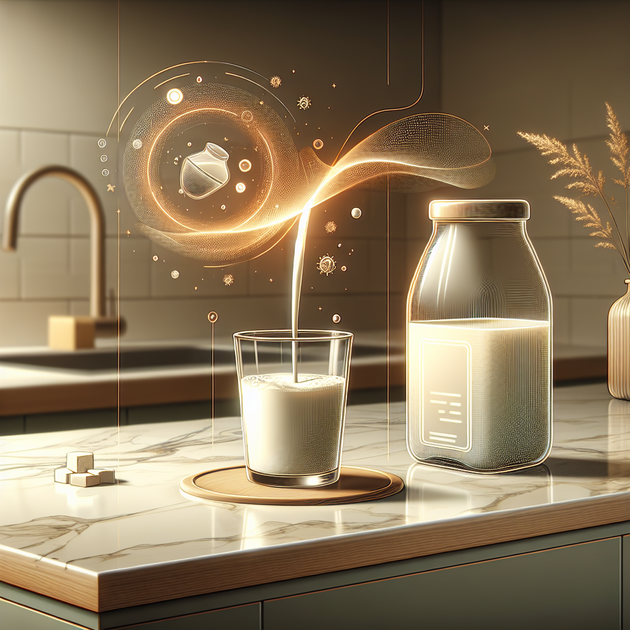Ever wonder what really happens to dangerous viruses like the H5N1 bird flu when they end up in our food supply? Recent research has brought some relief to anyone who drinks milk—pasteurization completely inactivates the H5N1 virus, even if some of its proteins are still hanging around afterwards.
What Is Pasteurization and Why Does It Matter?
Pasteurization is a heat treatment process that’s been keeping our milk safe for over a century. The process involves heating raw milk to a specific temperature (usually around 161°F or 72°C) for at least 15 seconds before quickly cooling it down. This simple step kills off harmful bacteria and viruses—including some pretty nasty ones like Salmonella and E. coli.
But with recent headlines about the spread of the highly pathogenic avian influenza virus (H5N1) to dairy cattle and concerns about possible contamination of cow’s milk, people naturally want to know whether pasteurization can handle this new threat as well.
Does Pasteurization Really Kill the H5N1 Bird Flu Virus?
The big question on everyone’s mind is whether pasteurized milk could still carry live bird flu virus. According to studies cited by Science_News (source), the answer is reassuring: standard pasteurization methods completely inactivate (that is, kill) the H5N1 virus present in contaminated milk.
Here’s how it works:
- The high temperature during pasteurization disrupts the virus’s structure.
- This heat treatment destroys the genetic material inside the virus so it can’t reproduce or cause infection.
- Even though fragments of viral proteins might remain after heating, these are not infectious—the “blueprint” needed to make new viruses is gone.
So while tests may pick up traces of viral proteins after pasteurizing infected milk, those pieces are harmless leftovers—not live viruses.
Why Do Viral Proteins Linger After Pasteurization?
It might sound a little unsettling to hear that proteins from viruses can survive heat treatment. But here’s why that doesn’t mean there’s any risk:
- Proteins are more heat-stable than whole viruses; they don’t cause disease on their own.
- Food safety tests often detect these proteins as markers—but they can’t make you sick without an intact, living virus particle.
- This isn’t unique to bird flu; similar protein fragments from other viruses and bacteria also show up after cooking or pasteurizing all kinds of food.
Think of it like finding tiny pieces of eggshell after making scrambled eggs—the eggshell itself isn’t harmful once cooked and you’re not going to get a whole chicken out of it!
An Everyday Perspective on Milk Safety
Anecdote time: A friend recently called me worried after reading about “bird flu” showing up on a carton label test. She wanted to switch her family to non-dairy alternatives just to be safe. After looking into this research together, she realized that as long as she buys properly pasteurized dairy products from reputable sources, her risk is practically zero—no different than before these headlines appeared.
That peace of mind is exactly why scientists work so hard to check and double-check these processes.
What Should Consumers Do About Bird Flu and Milk?
If you’re wondering how best to protect yourself and your loved ones from foodborne viruses like H5N1 (or others), here are a few simple tips:
- Always buy pasteurized dairy products—avoid unpasteurized (“raw”) milk unless you absolutely trust its source.
- Check labels for “pasteurized” or “ultra-pasteurized.”
- Store dairy products at safe temperatures (below 40°F/4°C) and use them within their expiration dates.
- If you have questions about local outbreaks or food recalls, check updates from public health agencies or your local agriculture department.
Standard home cooking temperatures also destroy many germs—so even if you cook with milk or cream, you’re getting another layer of protection.
The Bottom Line
Pasteurization remains one of our best defenses against foodborne illnesses—now proven effective even against emerging threats like the H5N1 bird flu virus in dairy products. While leftover viral proteins might sound scary at first glance, they simply aren’t capable of causing infection.
So next time you pour yourself a cold glass of milk or whip up a homemade latte, remember that decades-old science is still keeping you safe today.
How do you feel about drinking pasteurized vs raw milk knowing this? Share your thoughts below!

Leave a Reply